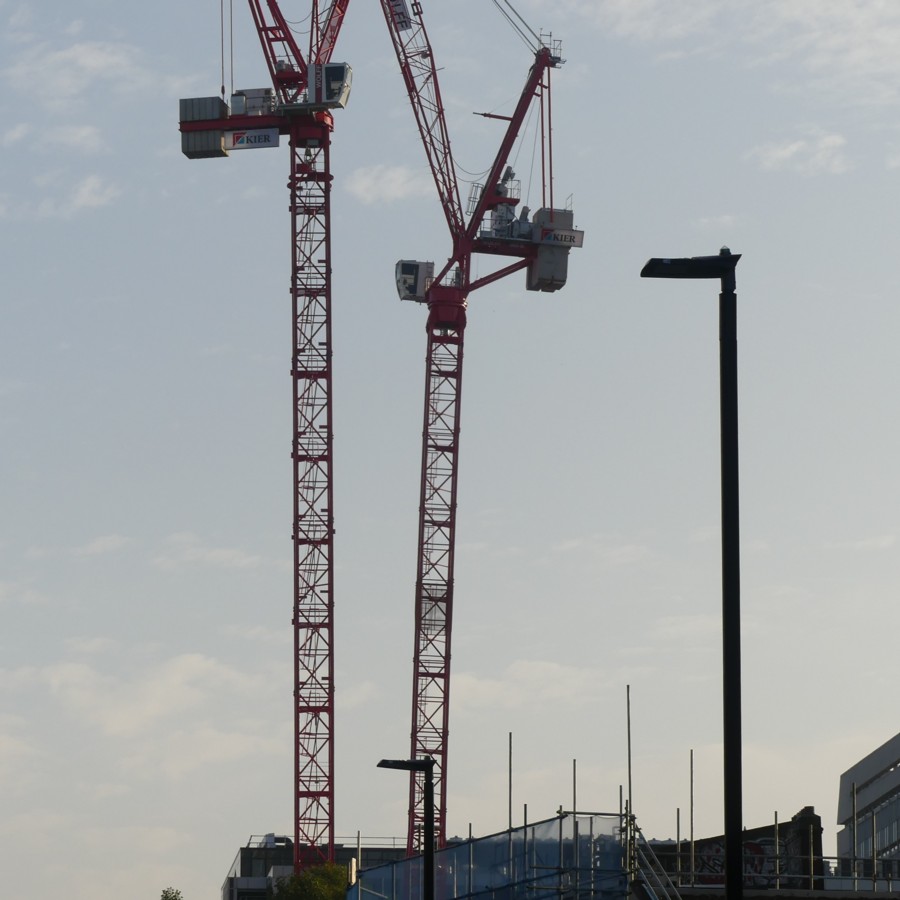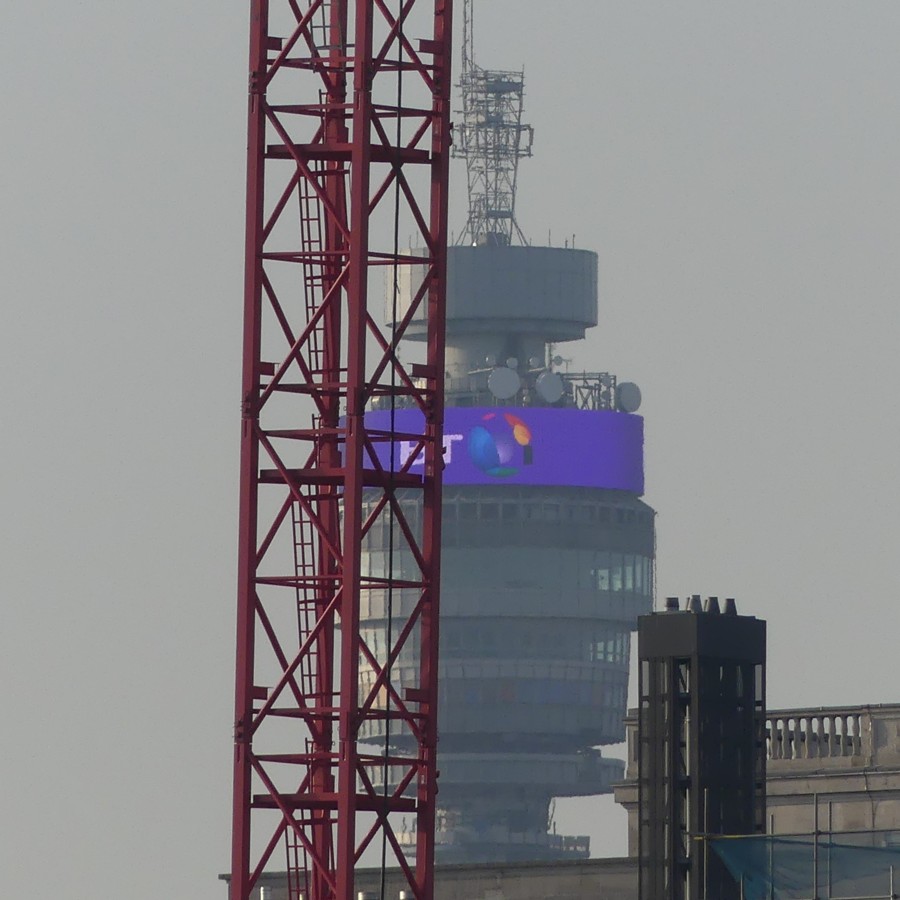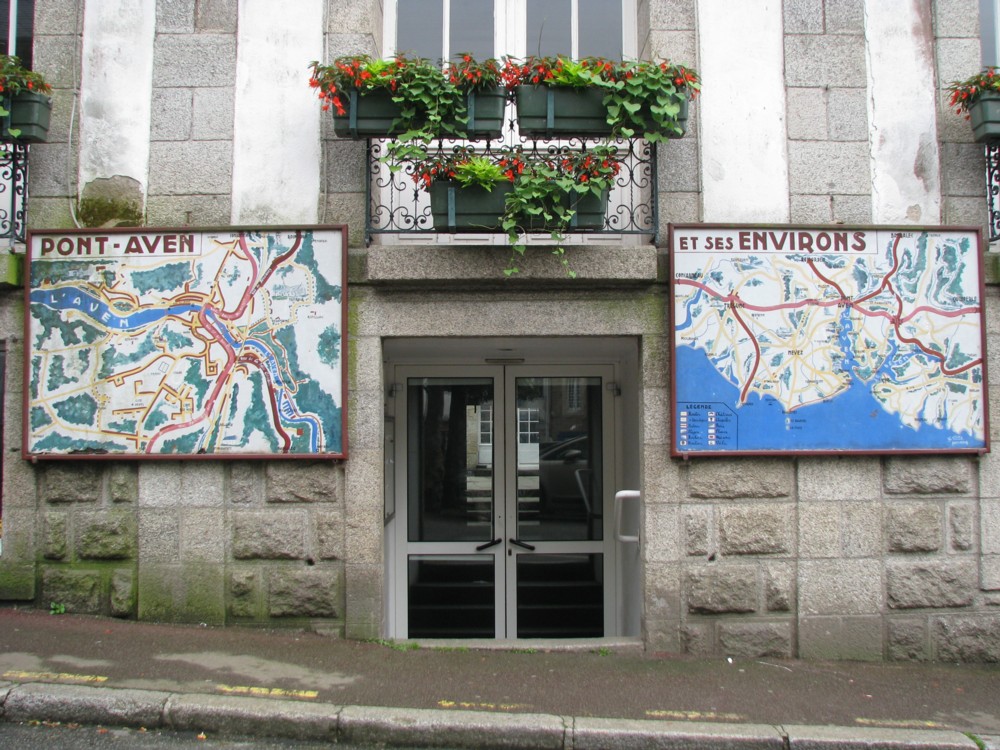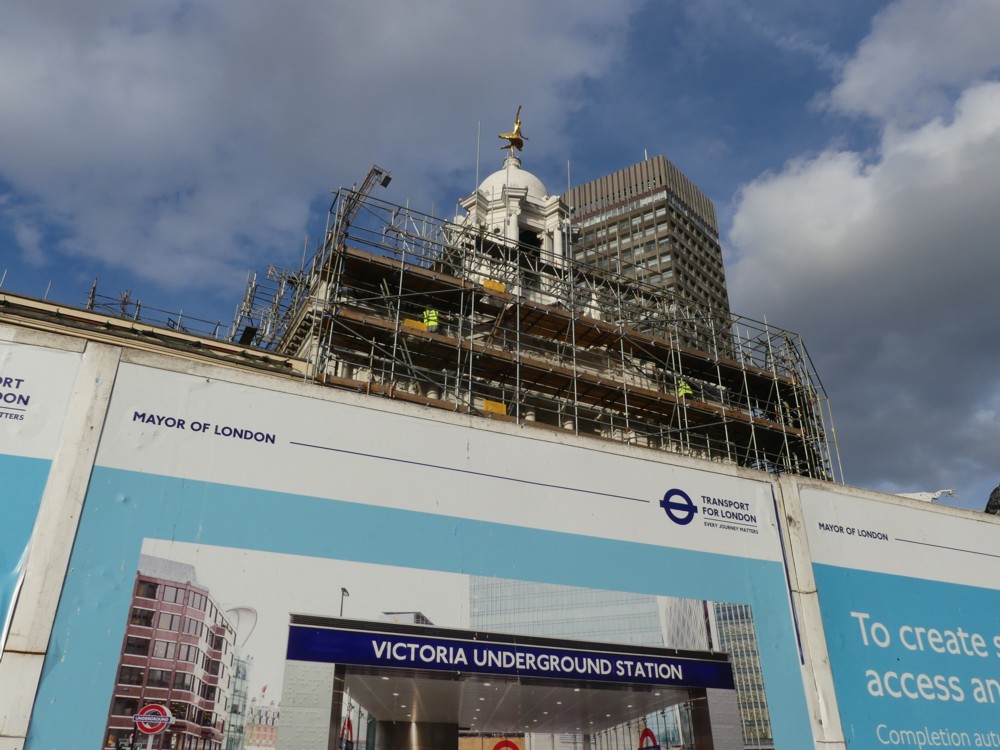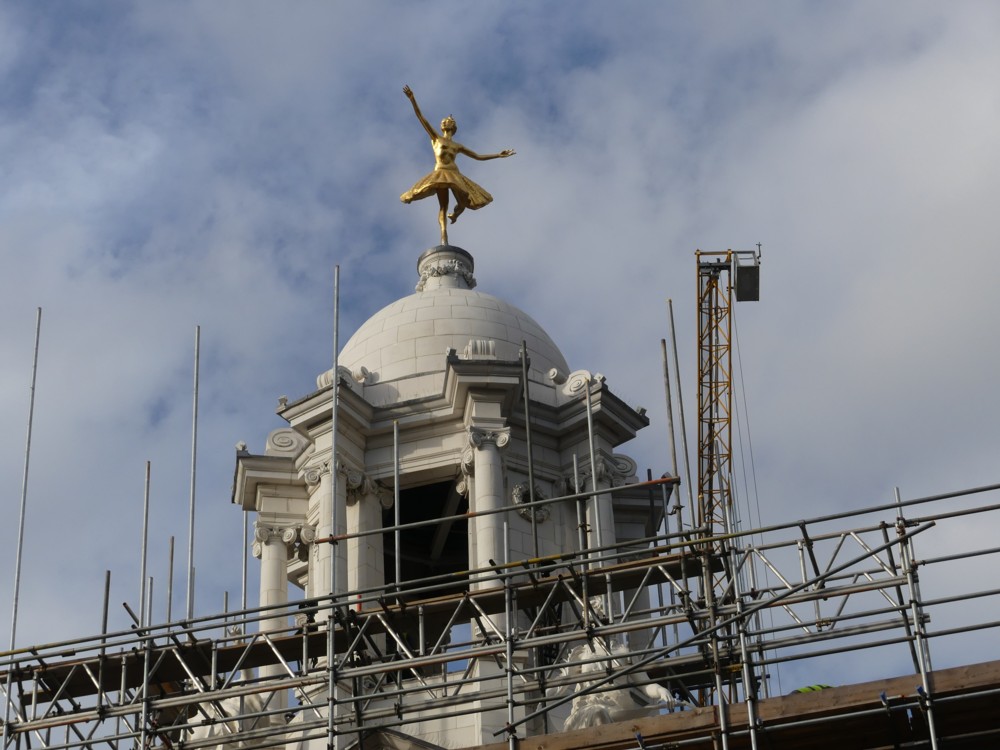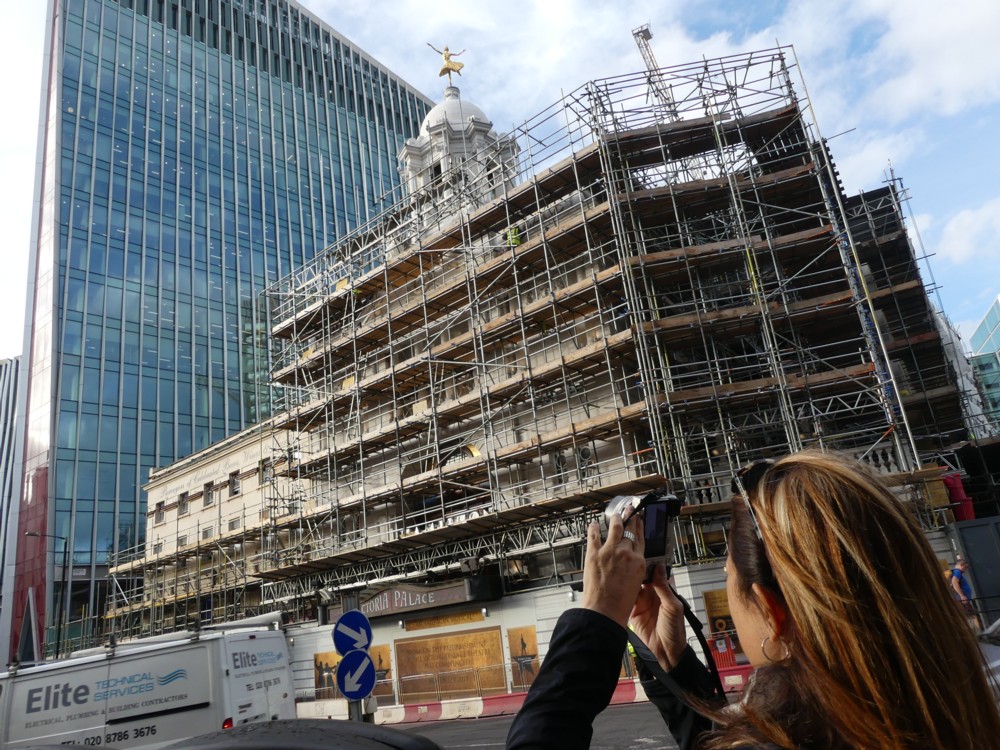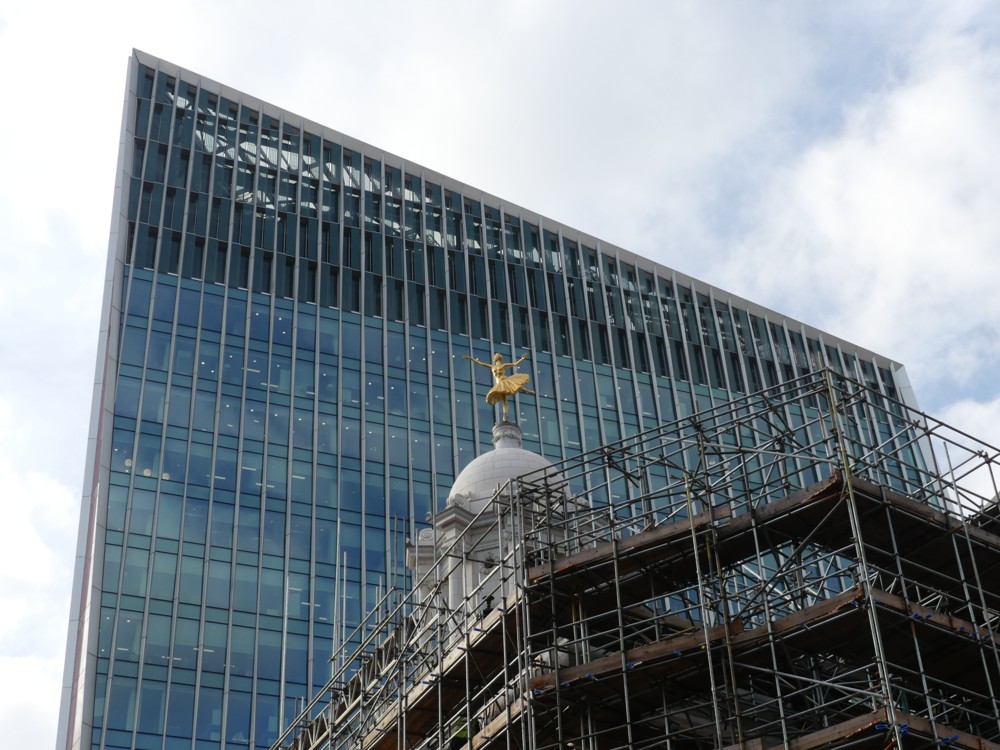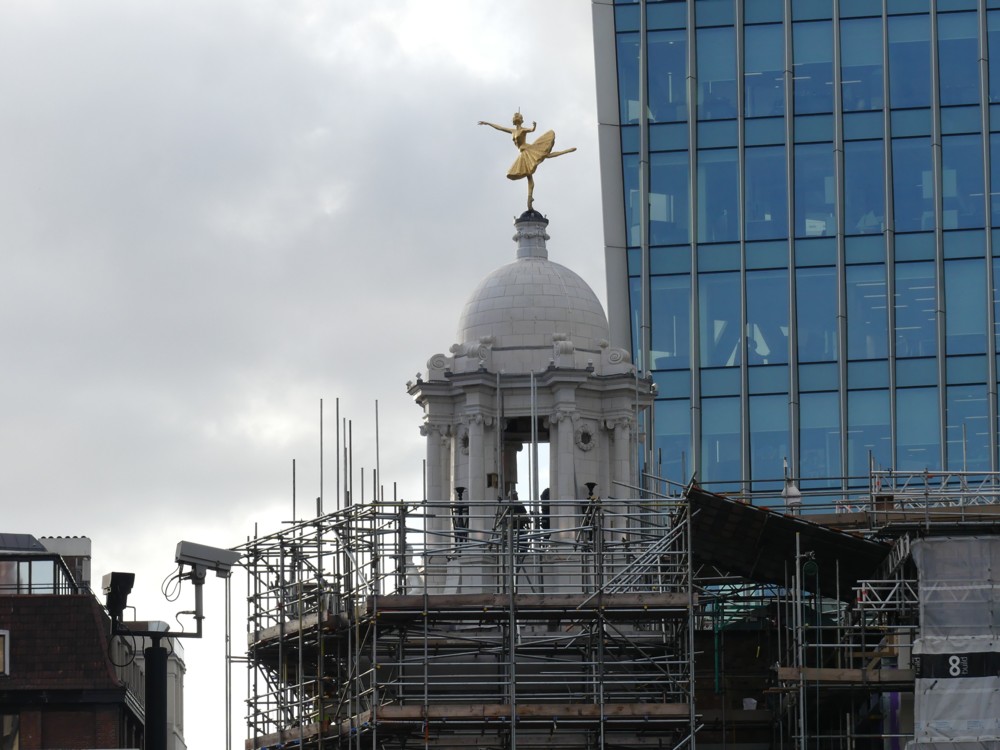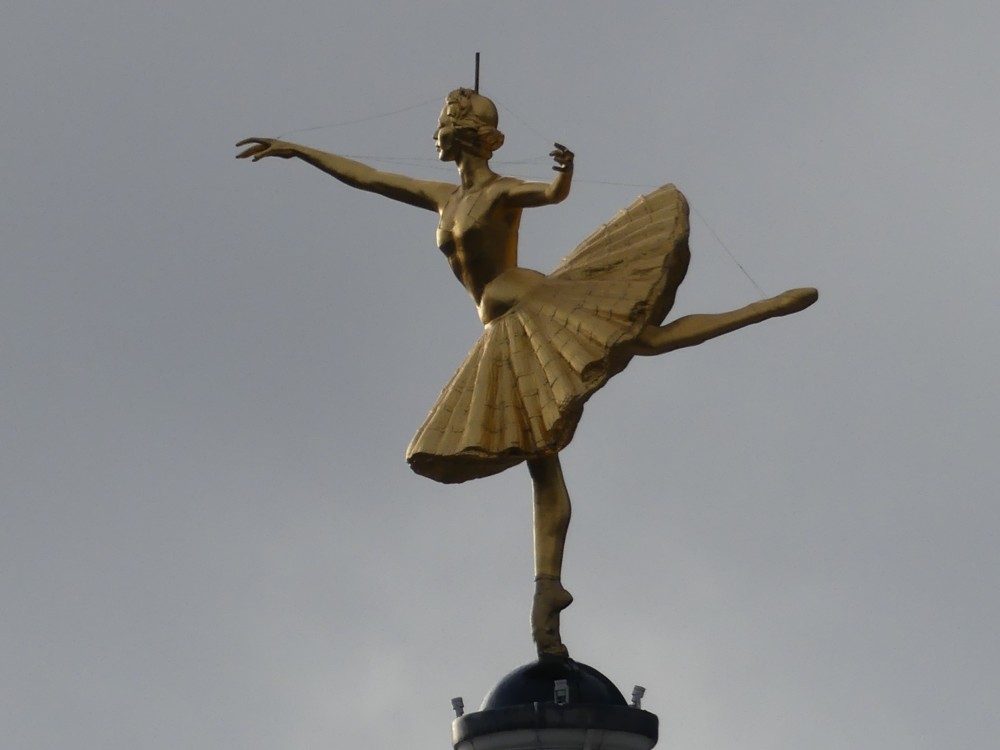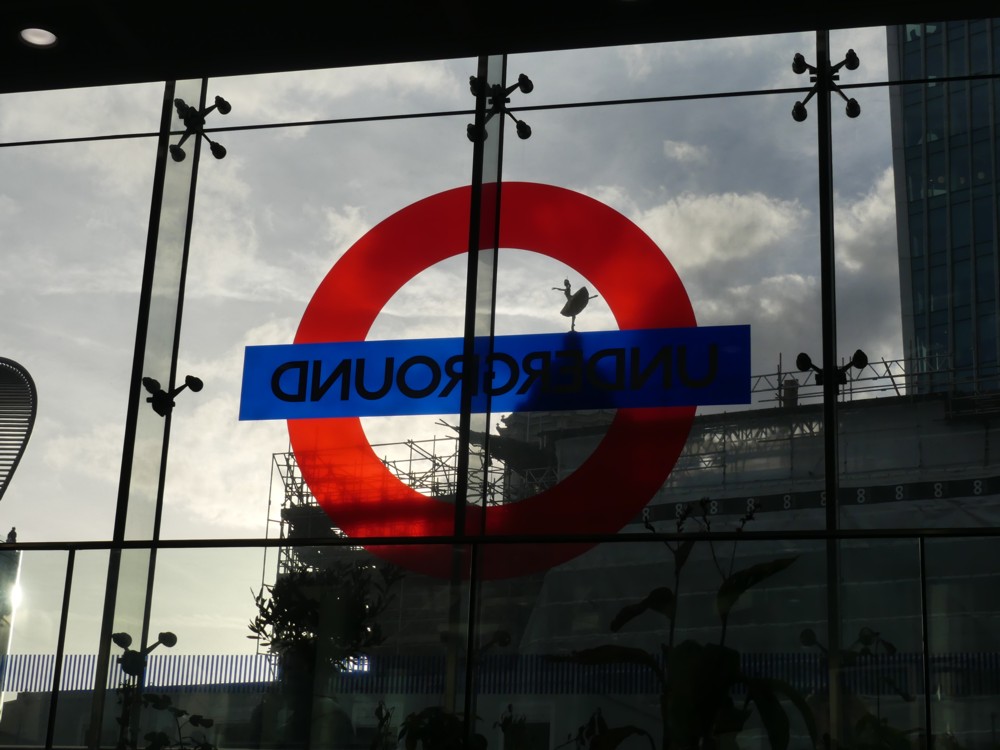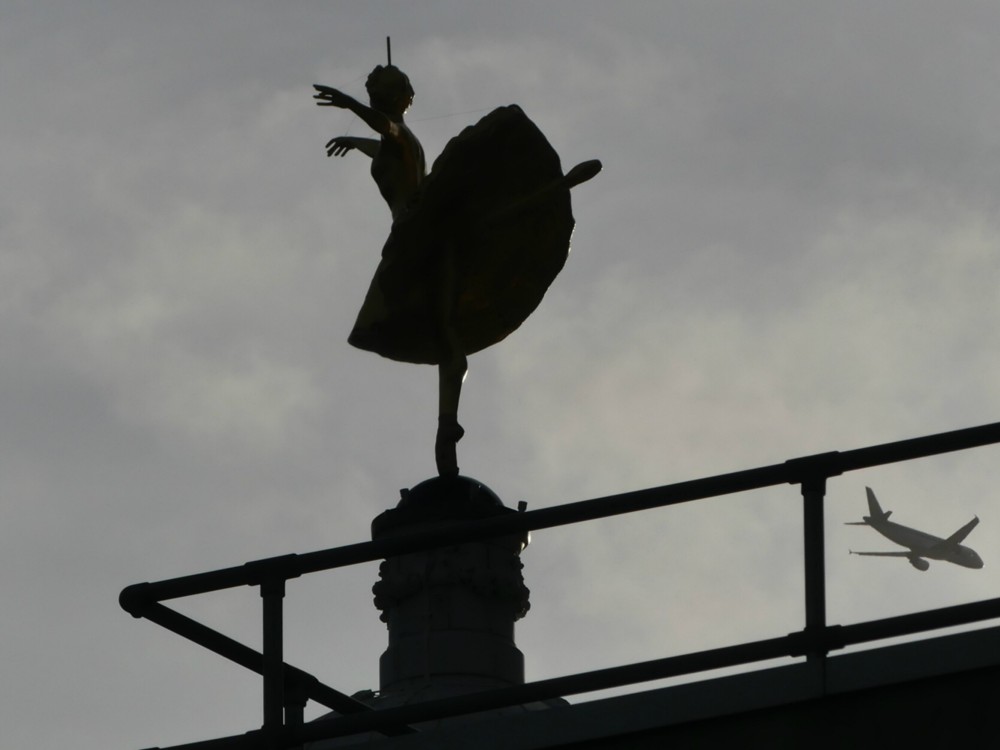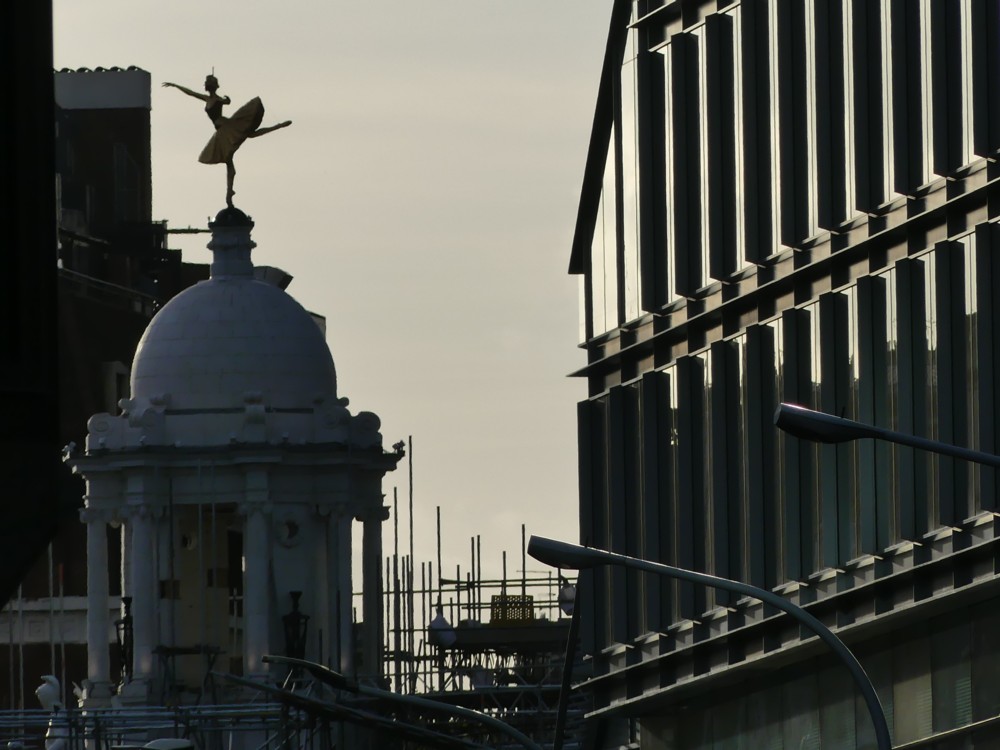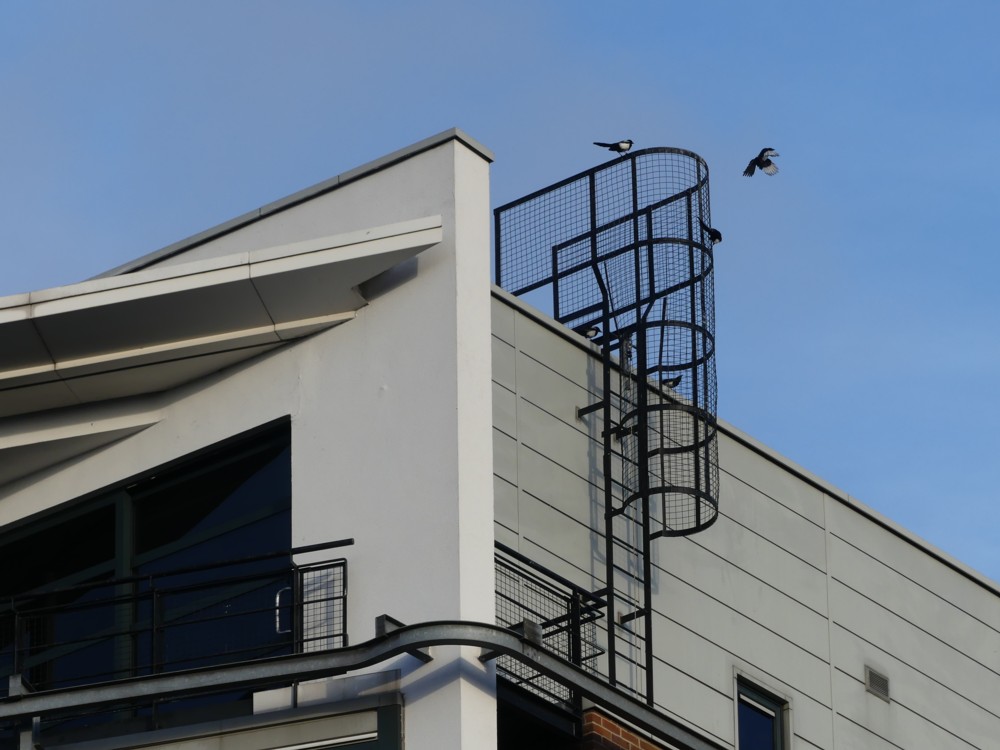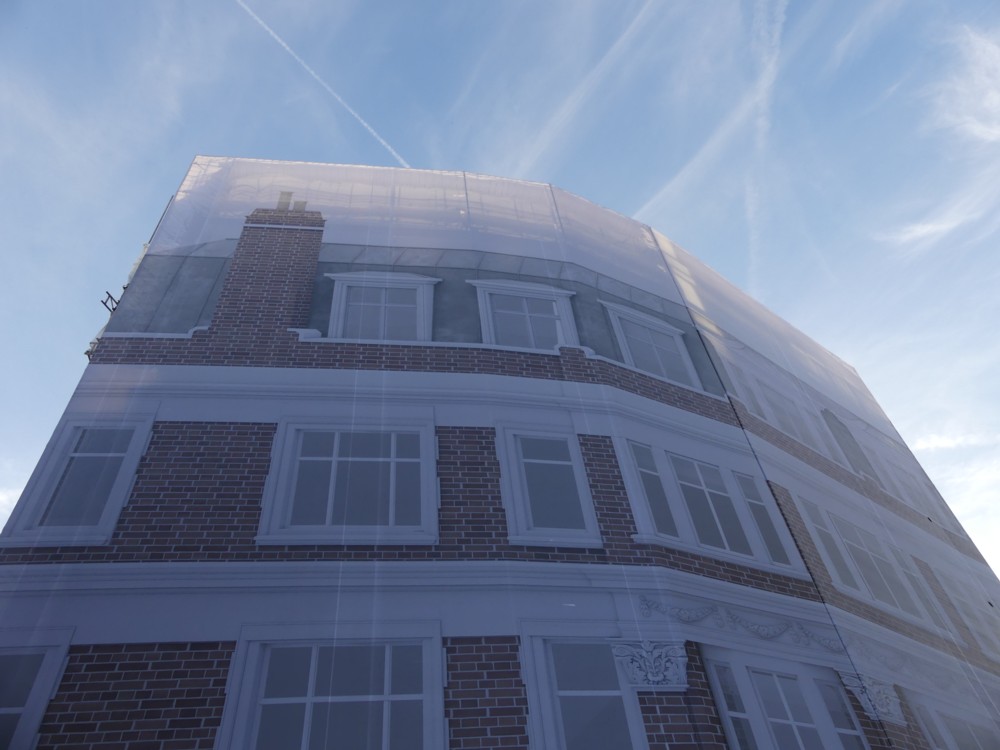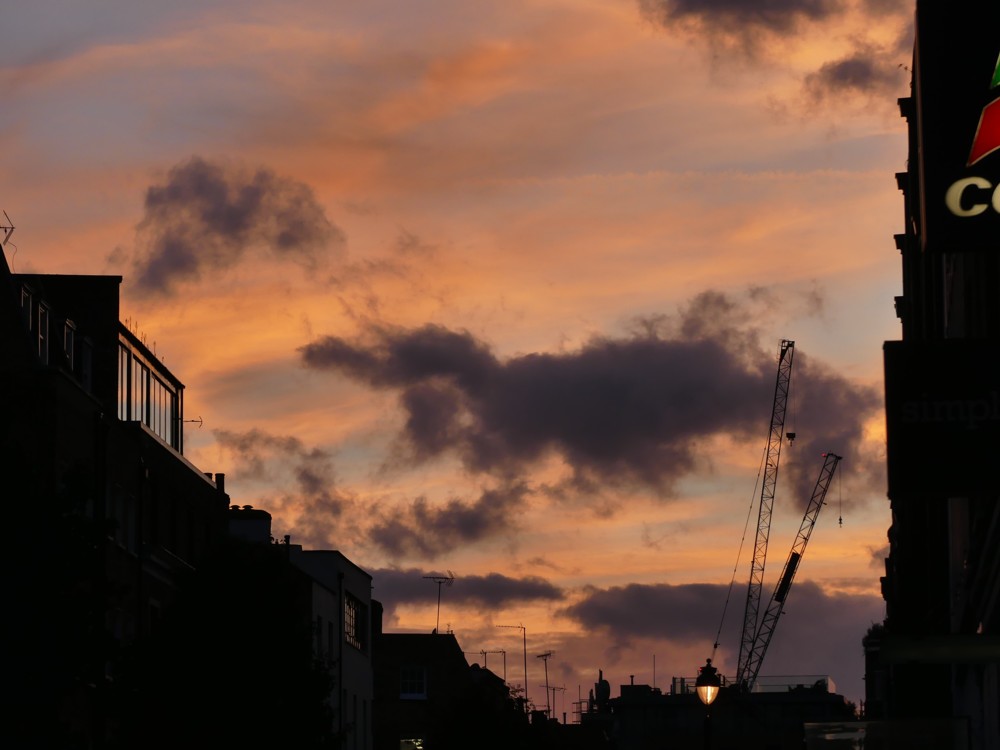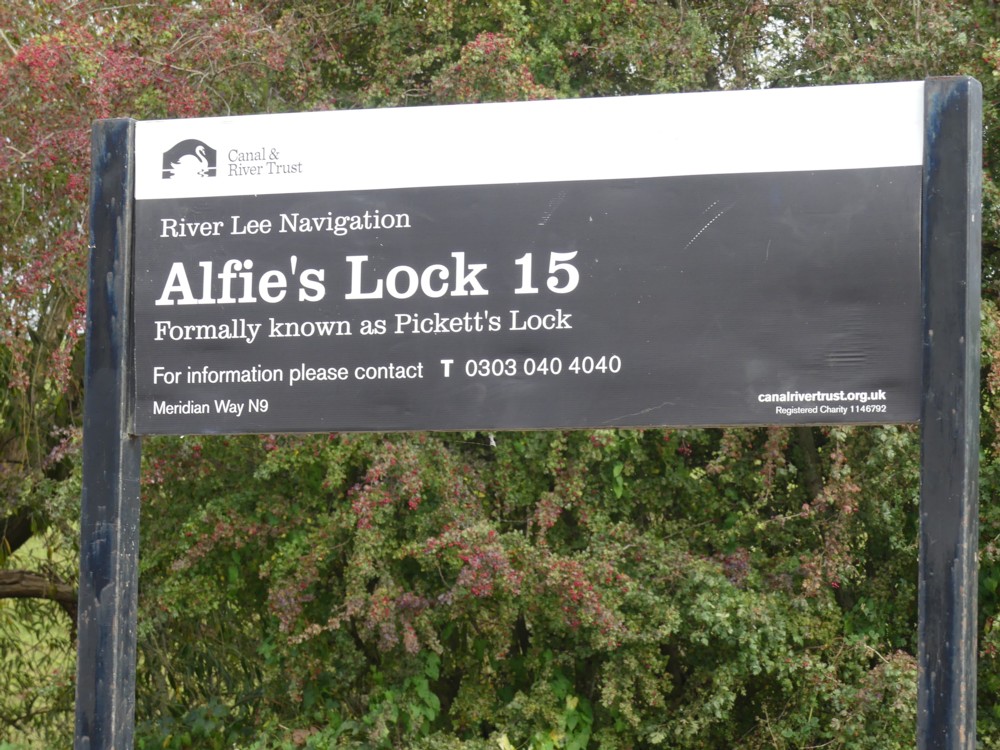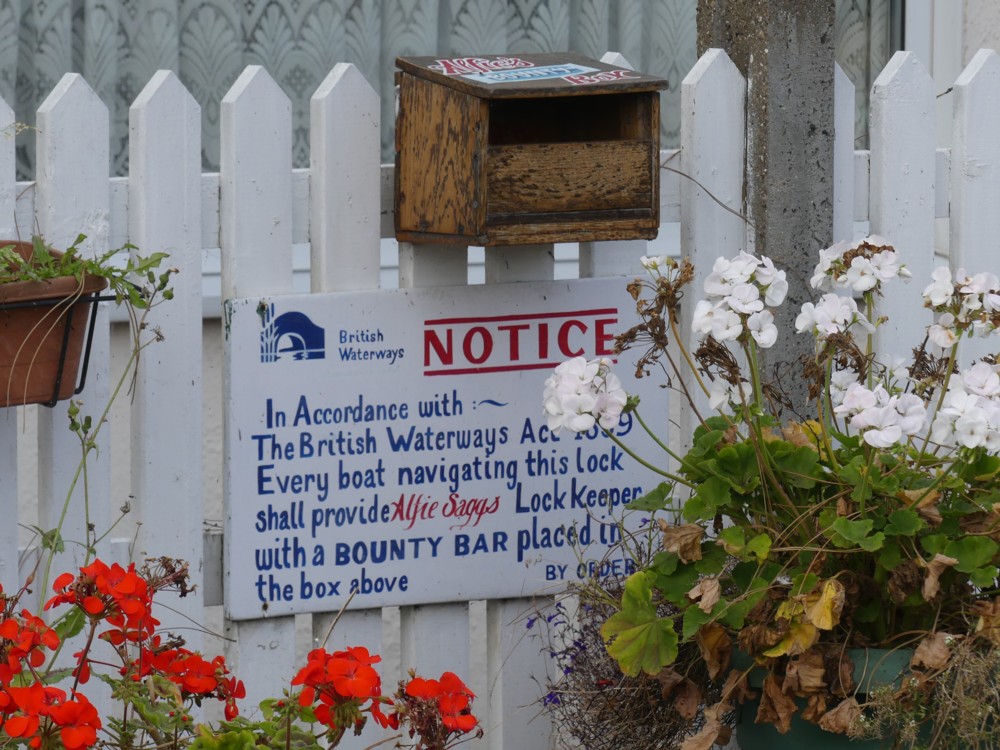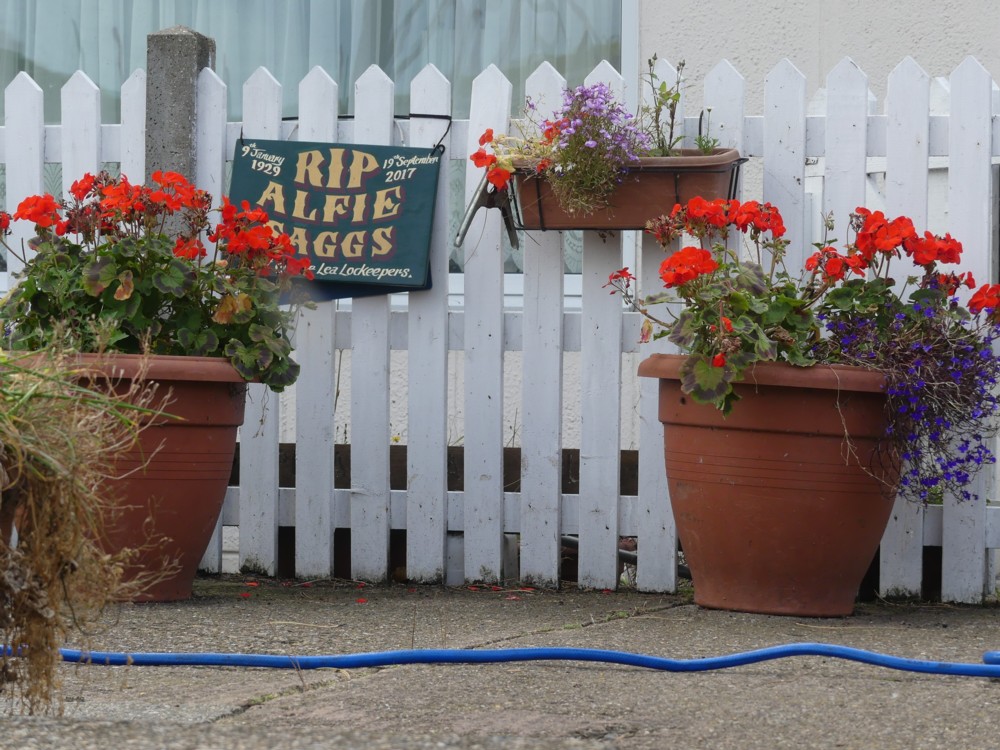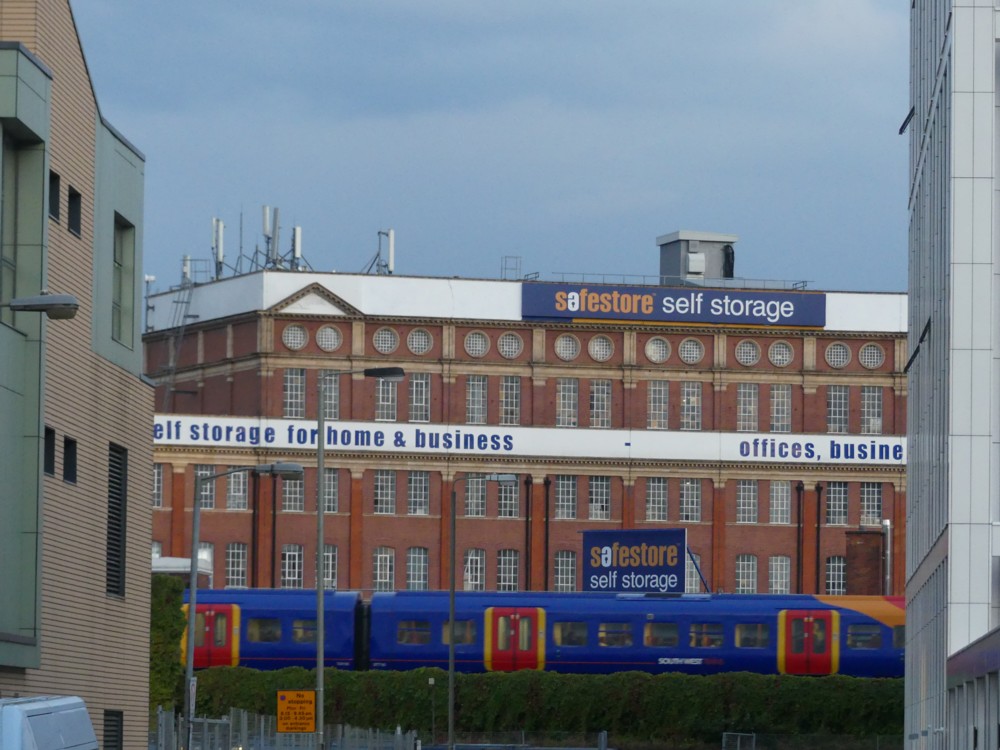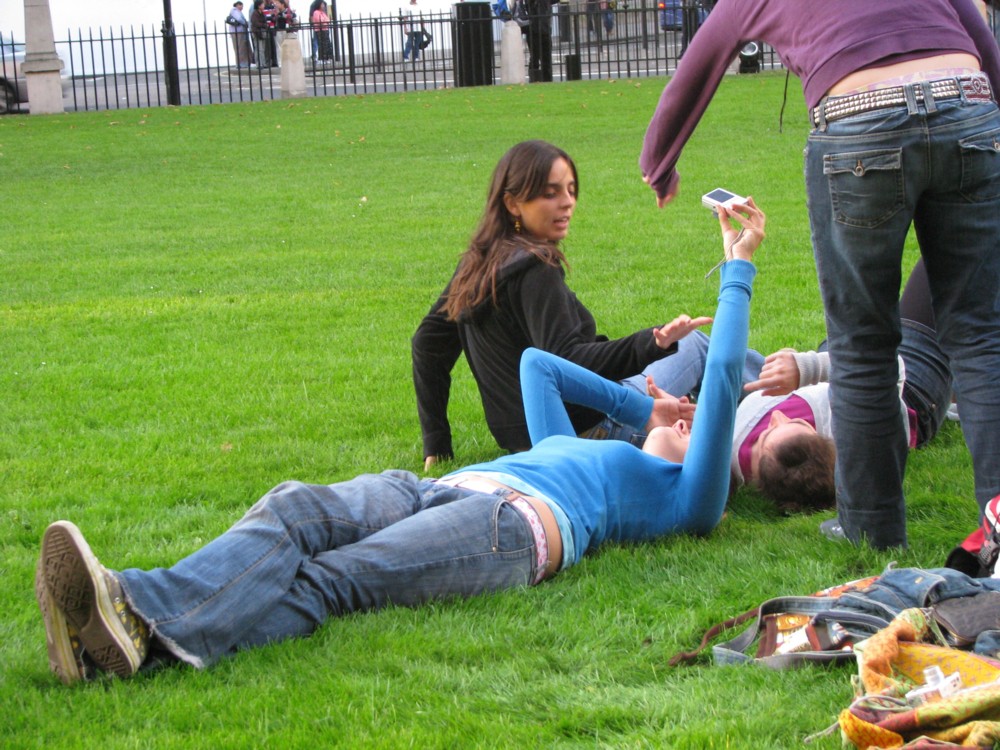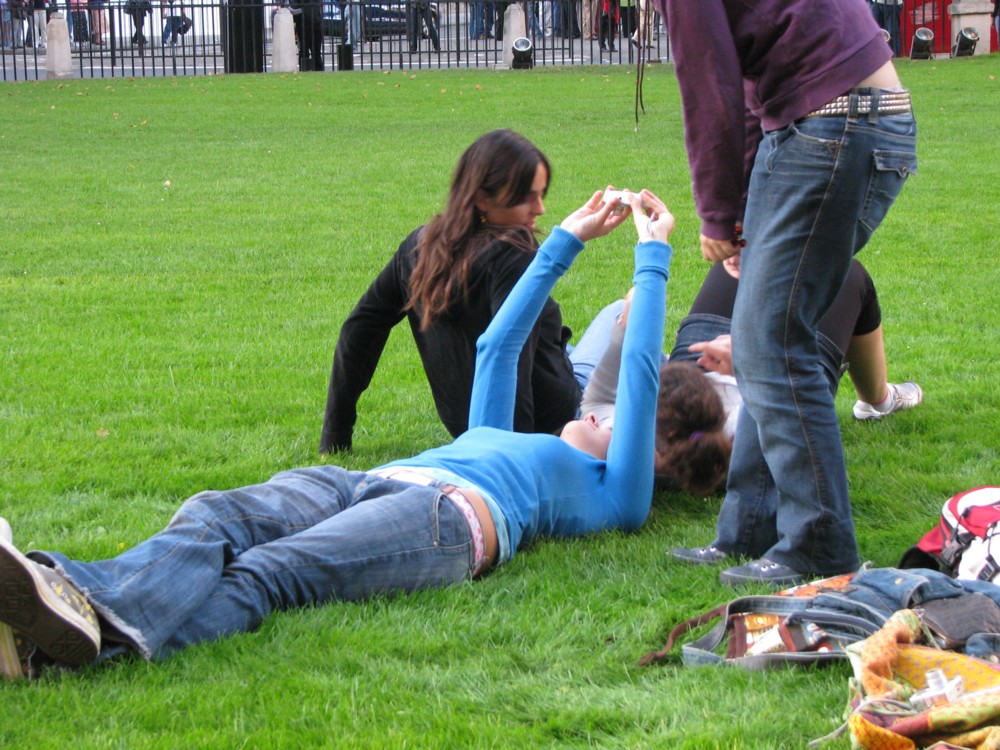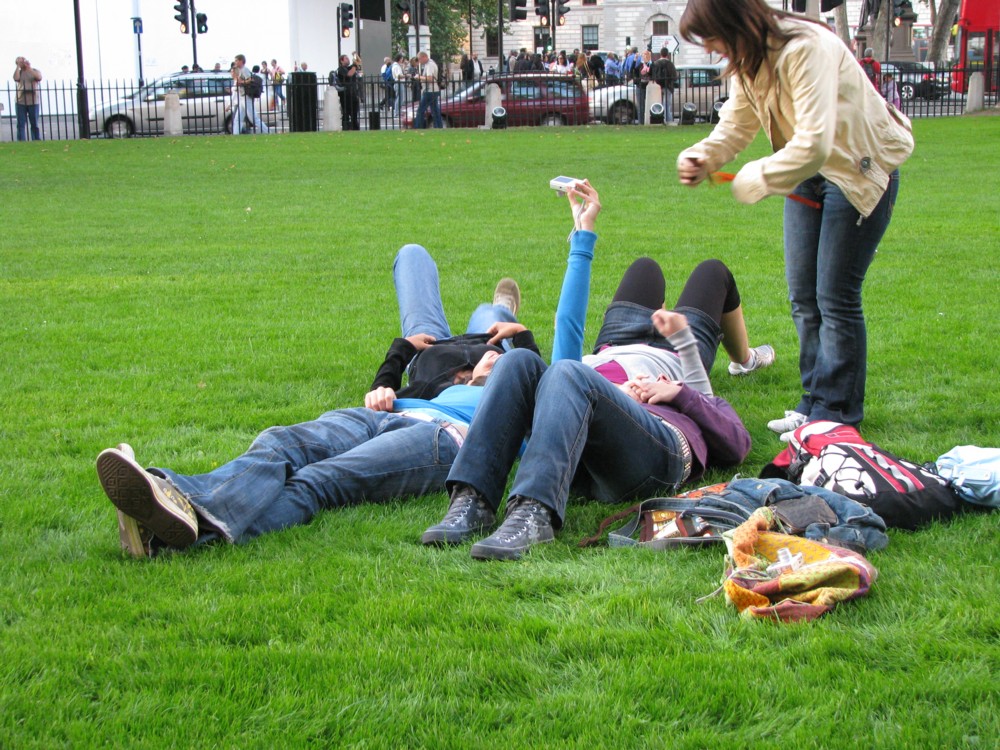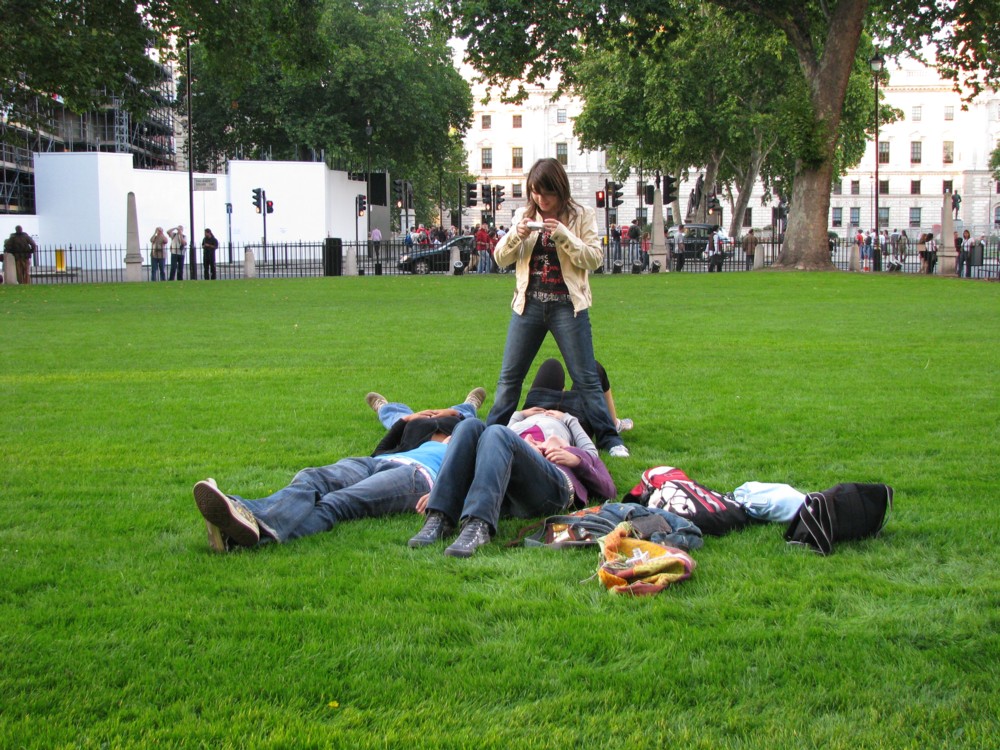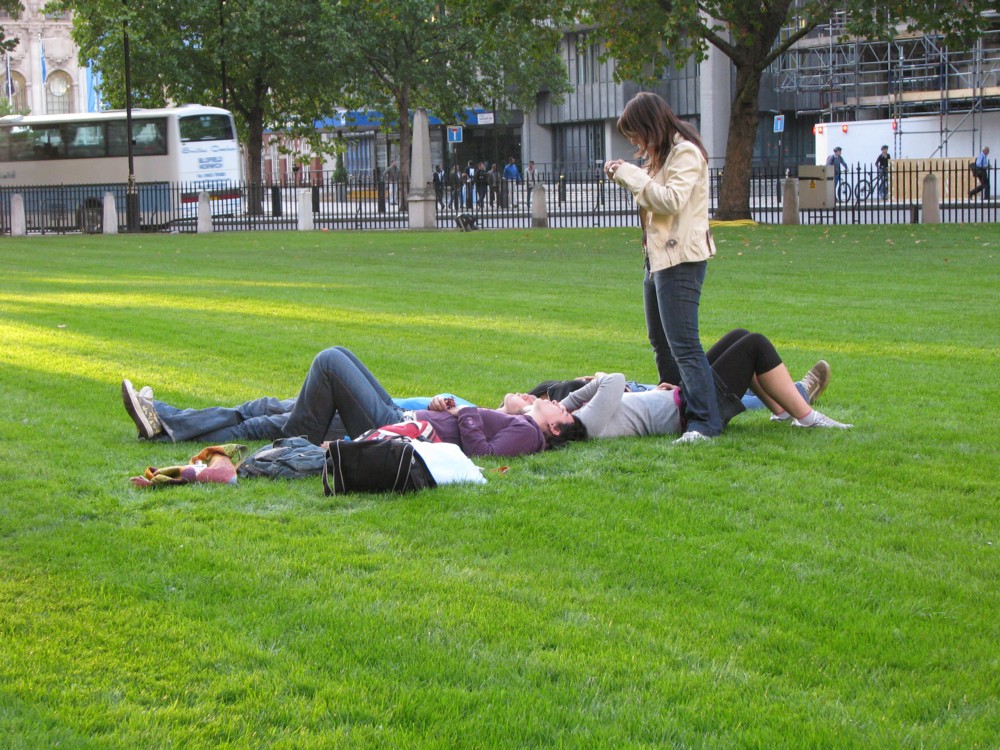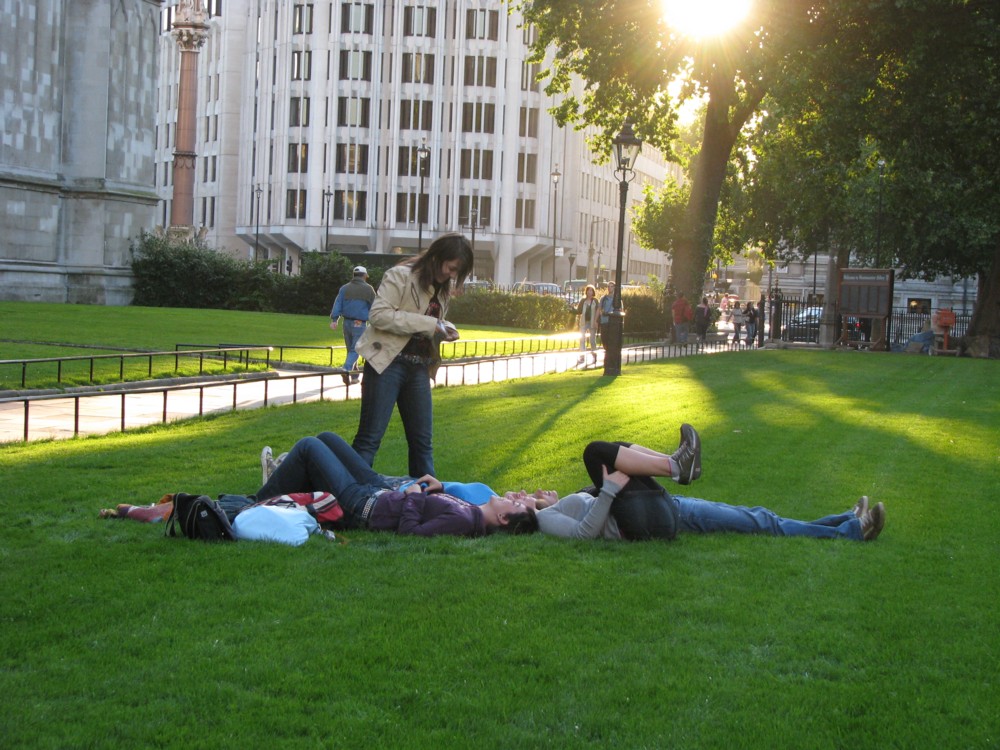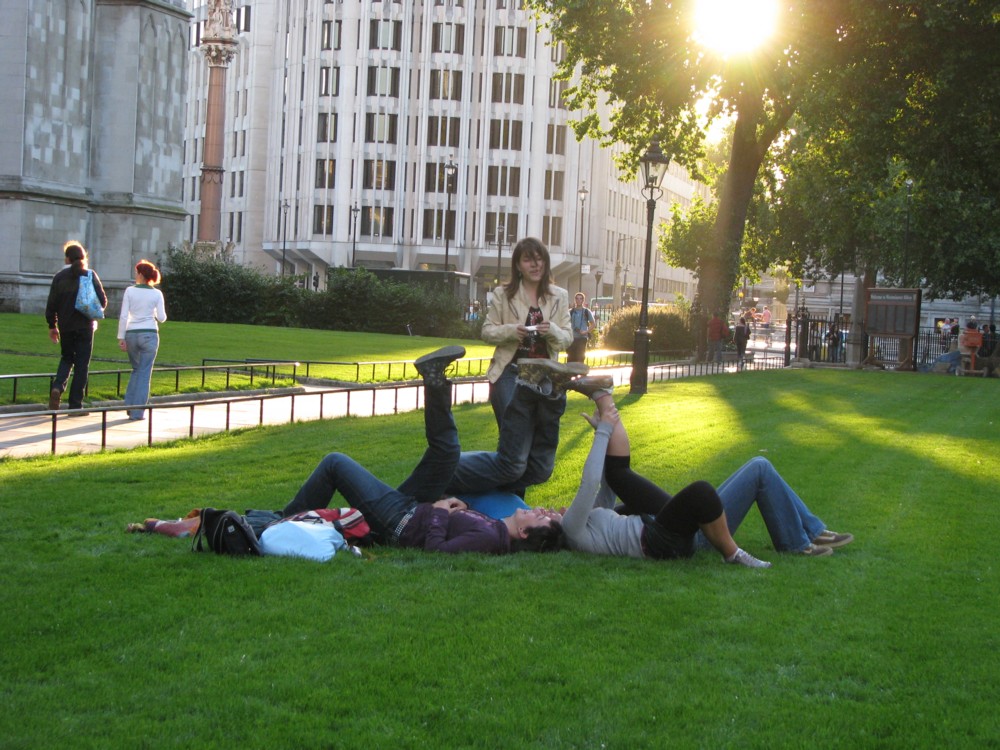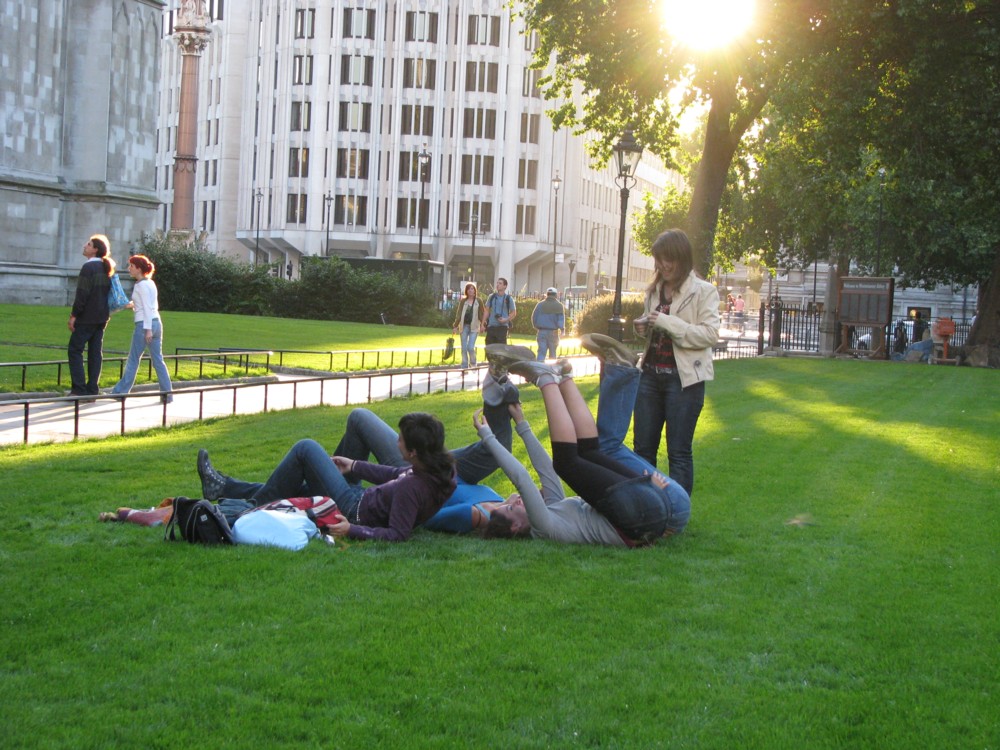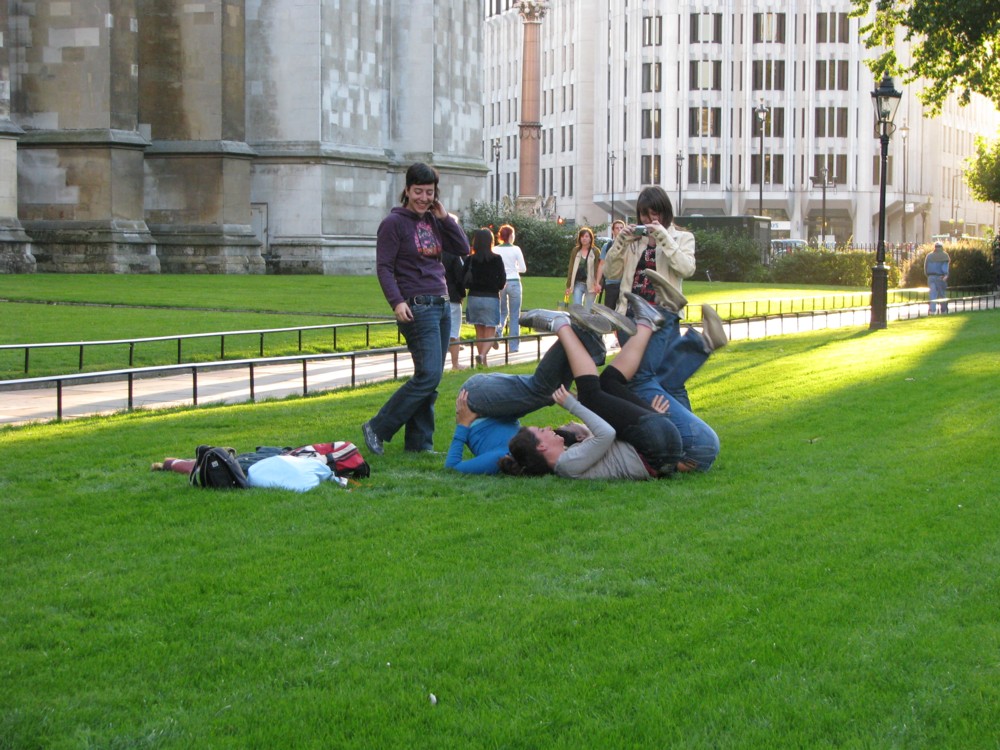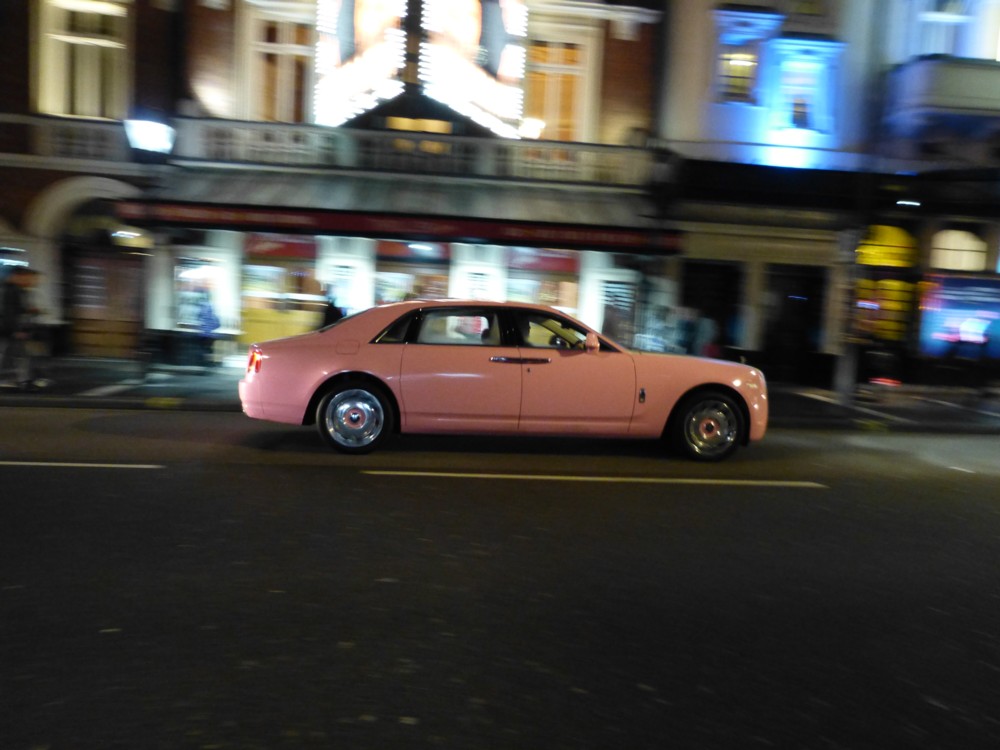I love cranes, especially those big tower cranes they use to build Big Things. So tall. But so thin. But they do trouble me. How do they stay up? Why don’t they ever fall over? Well, they do, sometimes. But mostly they don’t.
And, as I couldn’t help noticing when I was out and about last Sunday, these tower cranes often lean over, in a way that looks like it is asking for headline-making trouble.
Consider one of these cranes, the one on the right, that’s leaning over, about four degrees off of the vertical. How does that not fall over? (Thank you vertical lamp post for telling us what vertical is.)
Well, I’m guessing these people know what they’re doing. No, scrub that, I’d be amazed if they didn’t know what they’re doing. This kind of thing just has to be business as usual, no matter how crazy it may look to mere passers-by. As I discovered when I went looking for other leaning cranes in my photo-archives, and I found one that I had photoed just an hour earlier, on the same walkabout:
I think we may assume that the BT Tower is the very definition of vertical.
In each case, the crane is bent backwards by the big concrete blocks that compensate them for the lifting job they do with the other end of their tops. But when no lifting is happening, the compensating weight has no weight to compensate … it. And the result can look very scary.
No London cranes have been reported collapsing during the last few days. So, like I say, no problem.

